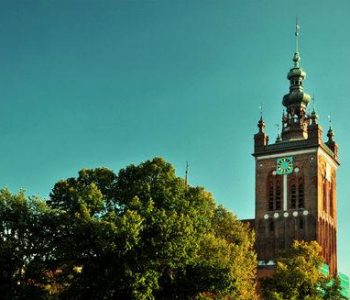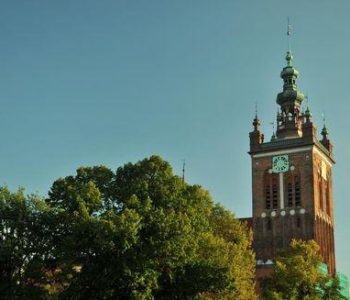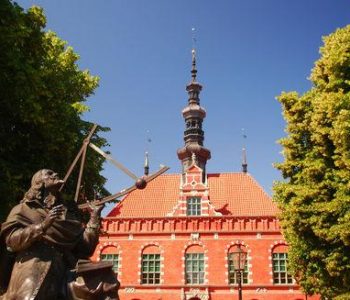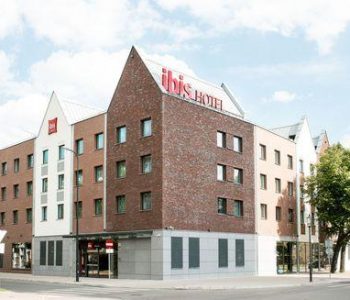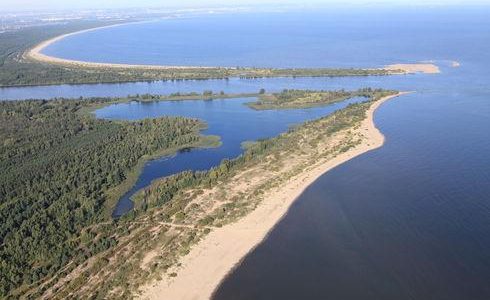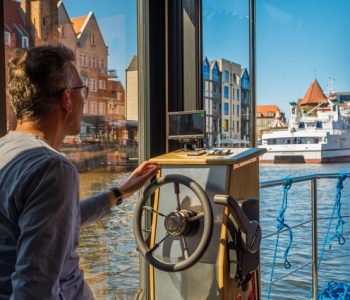The placement of the windmill on an island facilitated the doubling of the number of water millwheels – 12 in the beginning and 18 after the reconstruction. These wheels operated till the 19th Century, and after the modernisation of the system of the mill, it operated till the end of the Second World War and produced up to 200 tonnes of flour a day.
The wheels were located on the two lower storeys and the storage space was located in the attic. Bread was baked in the extension on the east side and sold, among other places, on the Bread Bridge near the City Hall in the Old Town. Many buildings, such as stables, bread stalls and the house of the manager of the windmill, were built around the Great Windmill. However, these buildings did not survive to today. Currently, the Great Windmill is a shopping centre.


